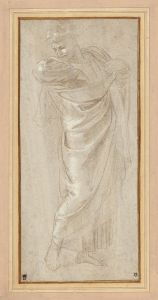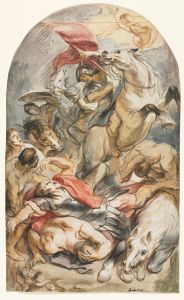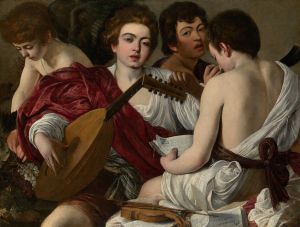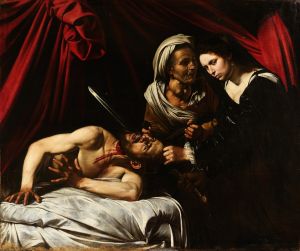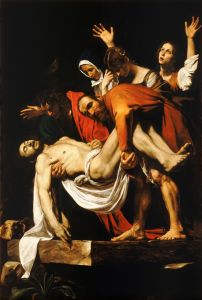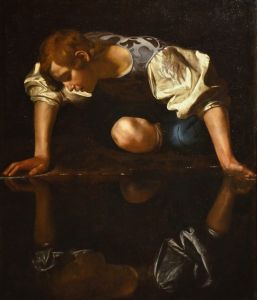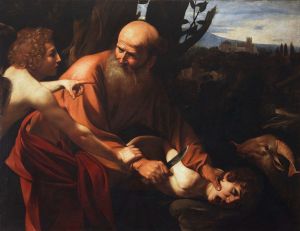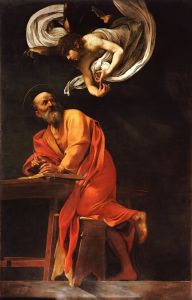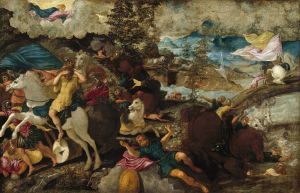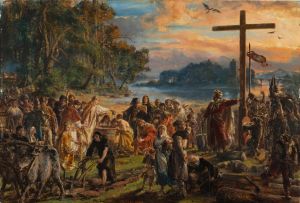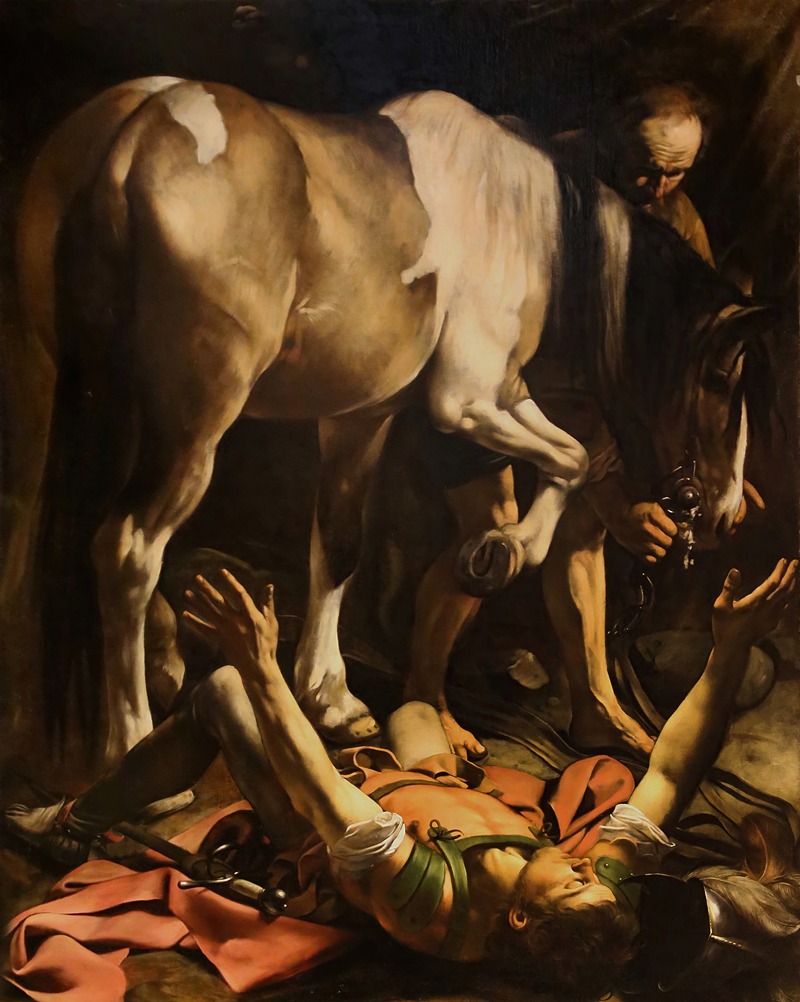
Conversion of Saint Paul
A hand-painted replica of Caravaggio’s masterpiece Conversion of Saint Paul, meticulously crafted by professional artists to capture the true essence of the original. Each piece is created with museum-quality canvas and rare mineral pigments, carefully painted by experienced artists with delicate brushstrokes and rich, layered colors to perfectly recreate the texture of the original artwork. Unlike machine-printed reproductions, this hand-painted version brings the painting to life, infused with the artist’s emotions and skill in every stroke. Whether for personal collection or home decoration, it instantly elevates the artistic atmosphere of any space.
The Conversion of Saint Paul is a Baroque painting by the Italian artist Caravaggio, created in 1600–1601. It is one of two works by Caravaggio depicting the biblical story of the conversion of Saul of Tarsus, who later became Saint Paul, as described in the Acts of the Apostles (Acts 9:3–9). This painting is housed in the Cerasi Chapel of the Basilica of Santa Maria del Popolo in Rome, alongside another work by Caravaggio, The Crucifixion of Saint Peter.
The painting illustrates the moment when Saul, a persecutor of Christians, is struck down on the road to Damascus by a divine light and hears the voice of Christ asking, "Saul, Saul, why do you persecute me?" Caravaggio’s interpretation of the event is notable for its dramatic use of chiaroscuro, a technique that emphasizes the contrast between light and dark to create a sense of depth and focus. The divine light is a central element in the composition, symbolizing the presence of God and the transformative power of grace.
In this version of the story, Caravaggio departs from traditional depictions of the event, which often include a grand, heavenly vision or a large group of witnesses. Instead, the scene is intimate and grounded, focusing on just three figures: Saul, a groom, and a horse. Saul is shown lying on the ground, arms outstretched, in a moment of vulnerability and spiritual awakening. The horse dominates the composition, its massive body towering over Saul, while the groom appears calm and detached, seemingly unaware of the miraculous event taking place.
Caravaggio’s naturalistic approach to the subject matter was revolutionary for its time. He eschewed idealized forms and instead depicted his figures with a raw, human quality. The emotional intensity of the scene is heightened by the artist’s attention to detail, such as the texture of the horse’s coat, the folds of Saul’s clothing, and the expressions of the characters.
The Conversion of Saint Paul was commissioned by Monsignor Tiberio Cerasi, the treasurer general to Pope Clement VIII, for his family chapel. The painting replaced an earlier version of the same subject by Caravaggio, which was rejected, possibly due to dissatisfaction with its composition or execution. The final version, however, has been celebrated as a masterpiece of Baroque art and remains a significant example of Caravaggio’s innovative style and his ability to convey profound spiritual themes through dramatic realism.
This work, along with its companion piece, reflects Caravaggio’s mastery of storytelling and his ability to evoke a powerful emotional response from viewers. It continues to be studied and admired for its artistic and historical significance.





